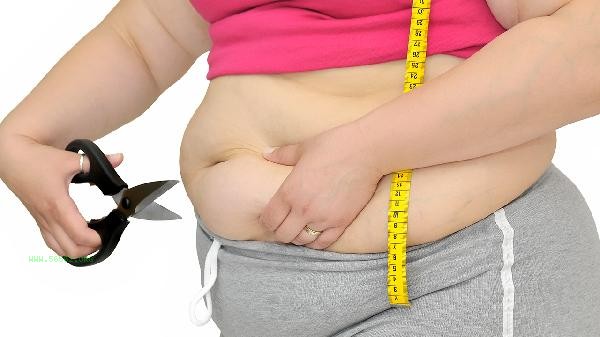Losing weight encounters a plateau period, and the numbers on the weight scale suddenly "get stuck" and don't move? Don't rush to throw your sneakers into the trash can, it's actually your body playing an "adaptation game" with you. Just like completing a game requires switching strategies, breaking through the bottleneck of weight loss also requires new skills.

1. Why is there a bottleneck in weight loss?
1. Activation of metabolic adaptation mechanism
When body weight drops by about 10%, the body will activate a protective mechanism, and the basal metabolic rate will automatically decrease by 15% -20%. This is a survival instinct left over from ancient times, which prevents excessive consumption when food is scarce.
2. Improvement in exercise efficiency
After repeating the same exercise for 3-4 weeks, muscles will produce a memory effect, and the amount of calories burned will be reduced by about 20% compared to the initial stage. Just like a novice playing tennis panting for half an hour, an experienced player can easily handle it.
3. Hidden increase in calorie intake
Many people unconsciously take one or two more bites after exercise, and these "reward foods" accumulate, which may offset the calories burned during exercise.
2. 5 Tips for Breaking Through the Platform Period
1. Change the Exercise Rhythm
Change the Constant Slow Running to Interval Training: Run fast for 1 minute and walk slowly for 2 minutes in a cycle. This change can increase calorie expenditure by 30% while avoiding muscle adaptation.
2. Adjust the ratio of the three major nutrients
to reduce the proportion of carbohydrates from 50% to 40% and increase the proportion of high-quality protein to 30%. For example, replacing half a bowl of rice with chicken breast of equal volume can maintain satiety and stimulate metabolism.
3. Try cold stimulation therapy
Taking a 30 second shower with cold water at around 20 ℃ twice a week can activate brown adipose tissue. Research shows that this approach can temporarily increase metabolic rate by 12%.
4. Increase the proportion of strength training
Change the simple aerobic exercise to a combination of strength training and aerobic exercise. For every 1 kilogram of muscle gain, approximately 100 more calories can be burned per day, equivalent to walking 4000 more steps.
5. Adjust the eating time window
Concentrate three meals within 8-10 hours and only drink water during the rest of the time. This light fasting mode can increase growth hormone levels and promote fat breakdown.
Three misconceptions to avoid during the plateau period
1. Do not go on extreme dieting
If calorie intake suddenly drops below 80% of basal metabolism, the body will activate a "famine mode" and muscle loss will lead to further metabolic decline.
2. It is not necessary to weigh yourself every day.
It is recommended to measure at a fixed time every week and record changes in dimensions such as waist circumference and leg circumference. Sometimes fat is converted into muscle, and weight remains the same but body shape becomes tighter.
3. Don't completely quit carbohydrates
Long term low-carbon diet can affect thyroid function and lead to metabolic decline. You can choose low GI carbon water such as oats, sweet potatoes, etc.
Fourth, give the body some adaptation time.
Breaking through the plateau period usually takes 2-4 weeks, during which you can pay more attention to other positive changes in the body: improved sleep quality, improved skin condition, and enhanced exercise endurance. Recording these non weight data can help maintain motivation. Remember, the plateau period is not about losing weight, but about the body readjusting its balance point. Just like a mobile phone requires regular system upgrades, your metabolic system is also undergoing version iterations. Maintain patience, use the right methods, and soon you will see the numbers on the scale breaking the ice again.








Comments (0)
Leave a Comment
No comments yet
Be the first to share your thoughts!